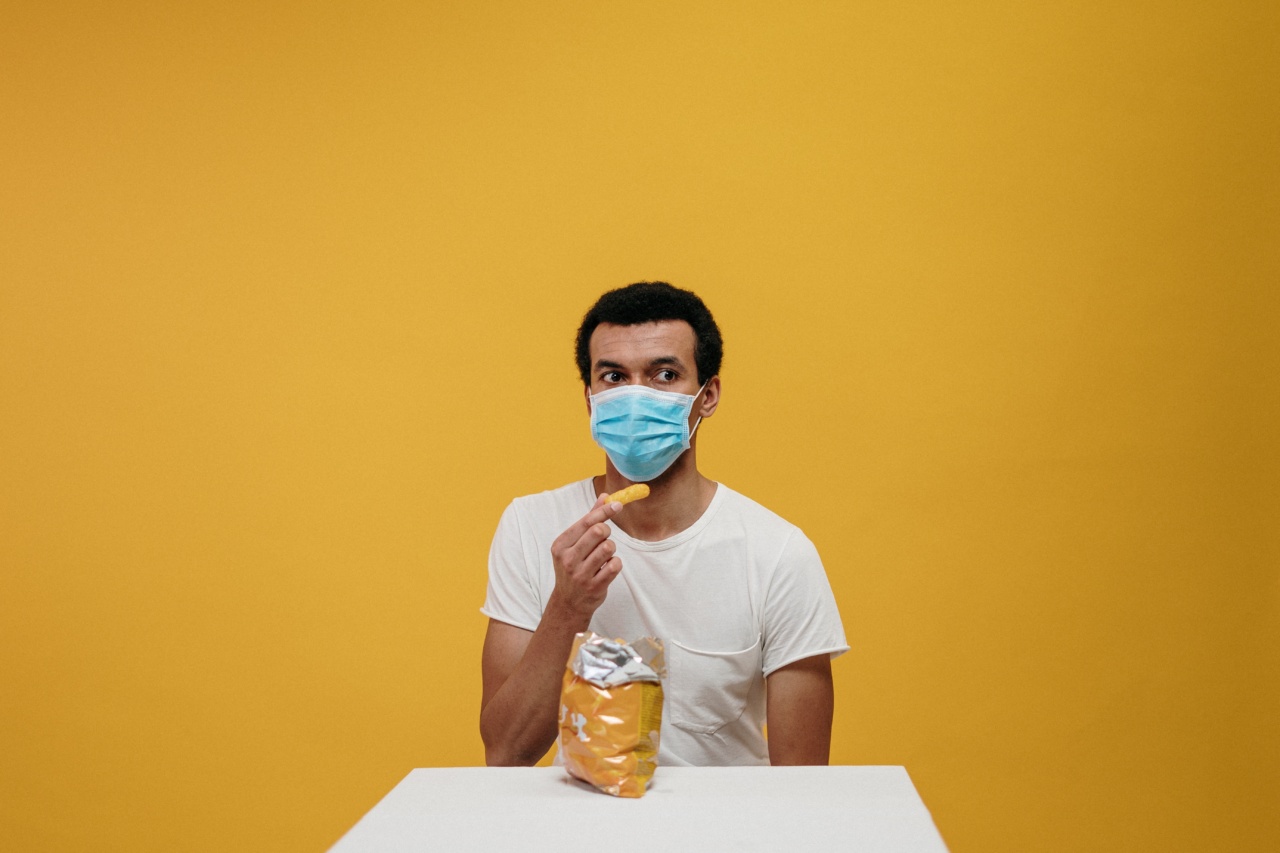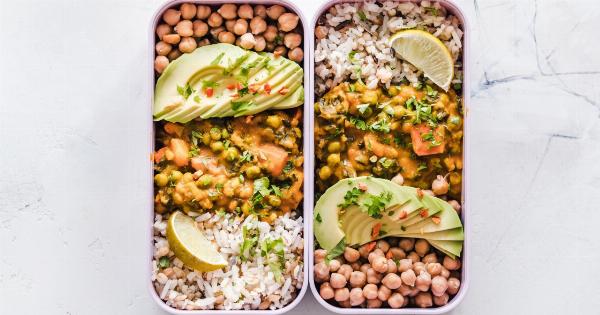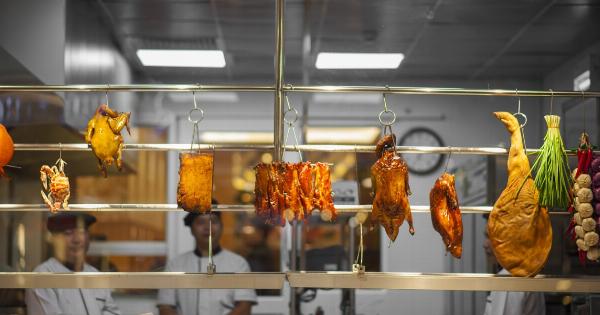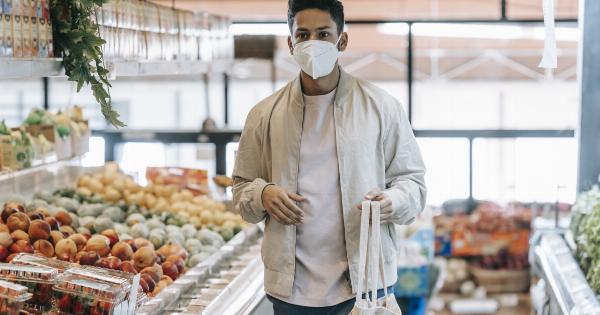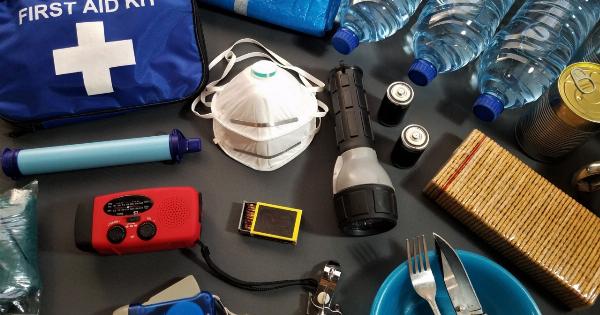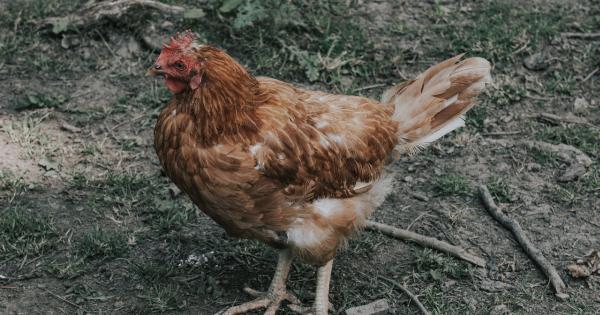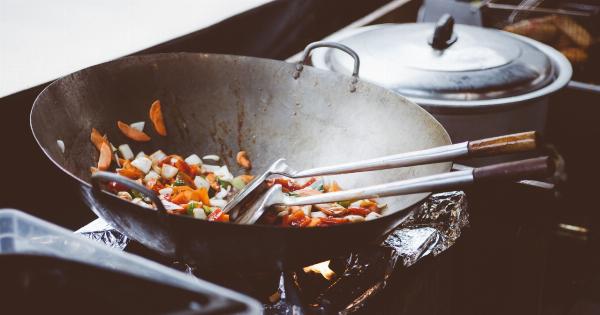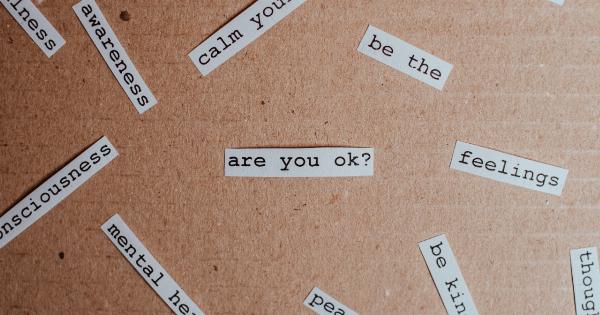Food safety refers to the measures necessary to ensure that food is safe for consumption. Food safety concerns should never be taken lightly as it can lead to serious health consequences such as foodborne illnesses.
Here are some tips to ensure that the food you eat is safe:.
1. Cook food thoroughly
One of the best ways to ensure that food is safe to eat is by cooking it thoroughly. Raw or undercooked food may contain harmful bacteria that can cause foodborne illnesses.
Use a food thermometer to check the internal temperature of meat, poultry, and seafood to ensure that they are cooked to a safe temperature.
2. Practice good hygiene
Always practice good hygiene when handling food. Wash your hands before and after handling food, especially raw meat, poultry, and seafood. Use clean utensils and cutting boards, and ensure that surfaces are clean before and after food preparation.
This can help prevent the spread of harmful bacteria.
3. Store food properly
Proper storage of food is essential to prevent spoilage and the growth of harmful bacteria. Follow the instructions on food labels for storage, and keep food at the correct temperature.
Refrigerate or freeze perishable items such as meat, dairy, and eggs promptly to prevent the growth of harmful bacteria.
4. Be cautious when eating out
When eating out, be cautious about the food choices you make. Check the hygiene rating of the restaurant before you visit, and choose reputable establishments that follow food safety guidelines.
Avoid raw or undercooked food, and always check that the food is hot before you eat it.
5. Wash fruits and vegetables
Washing fruits and vegetables can help remove dirt, pesticides, and other contaminants that may be present on the surface. Use a produce brush to clean the surface of fruits and vegetables, and rinse them under running water.
This can help prevent the ingestion of harmful chemicals.
6. Use safe water sources
Using safe water sources can help prevent the spread of waterborne diseases. Ensure that the water you use for drinking and cooking is safe, and use bottled water or purified water if necessary.
Boiling water is also an effective method of making it safe to drink.
7. Be aware of food recalls
Food recalls occur when there is a risk of contamination or other health concerns with a particular food item. Be aware of any food recalls that may be issued, and avoid consuming any food that has been affected.
Check the FDA’s website for any current food recalls.
8. Avoid cross-contamination
Cross-contamination can occur when harmful bacteria are transferred from one food item to another. Use separate cutting boards and utensils when handling raw meat, poultry, and seafood to avoid cross-contamination.
Also, clean surfaces and utensils thoroughly after handling raw meat.
9. Practice proper thawing
Proper thawing of frozen food is essential to ensure that it is safe to eat. Avoid thawing food at room temperature as this can allow harmful bacteria to grow.
Instead, thaw food in the refrigerator, under cold running water, or in the microwave if necessary.
10. Monitor expiration dates
Monitoring expiration dates can help prevent the consumption of expired or spoiled food items. Check the expiration dates on food labels, especially on perishable items such as meat, dairy, and eggs.
Throw out any food that is past its expiration date or shows signs of spoilage.
Conclusion: Be vigilant about food safety
Food safety is an important aspect of maintaining good health. By following these tips, you can help ensure that the food you eat is safe and free from harmful contaminants.
Always be vigilant about food safety, and don’t hesitate to seek medical attention if you suspect that you have consumed contaminated food.
